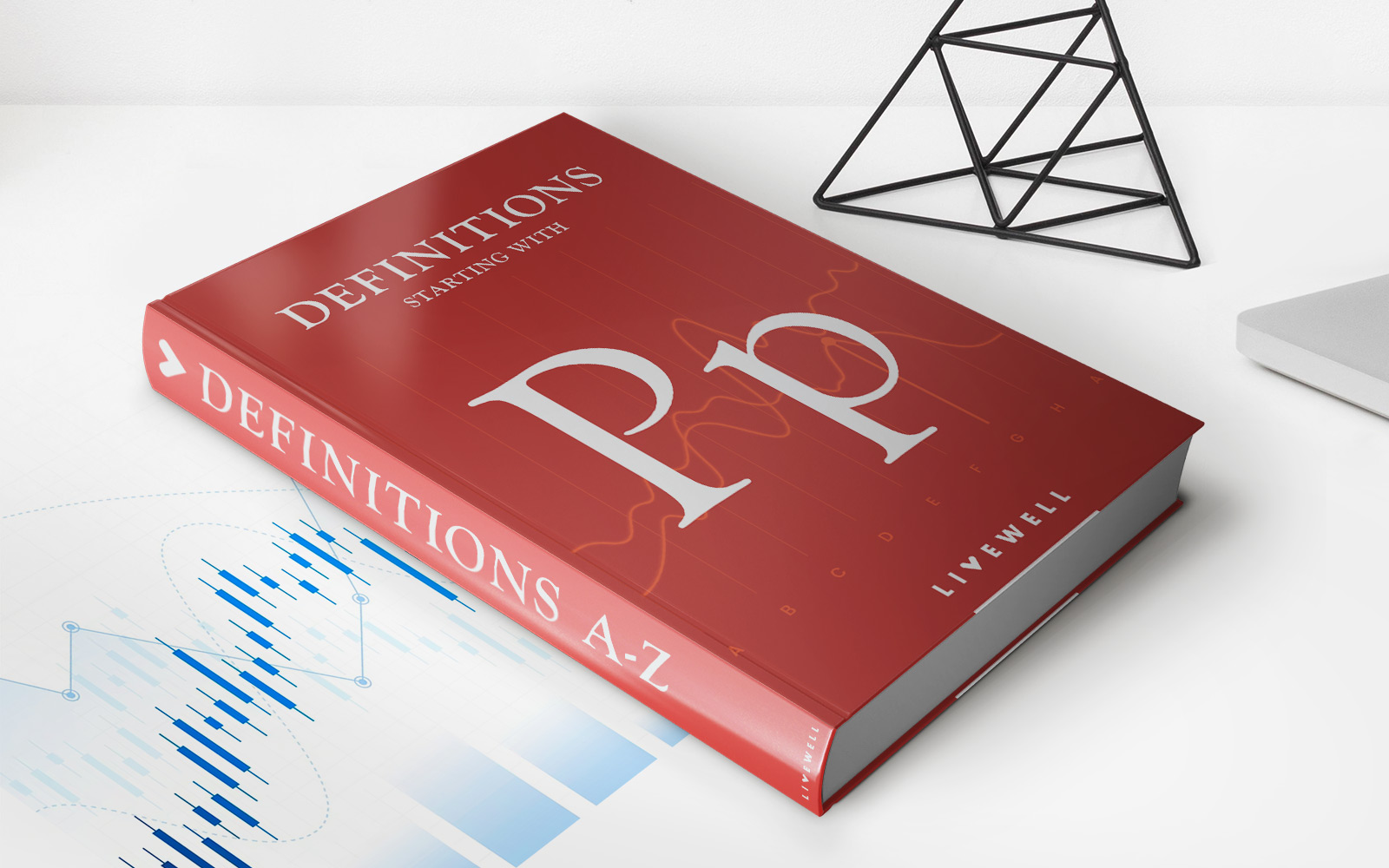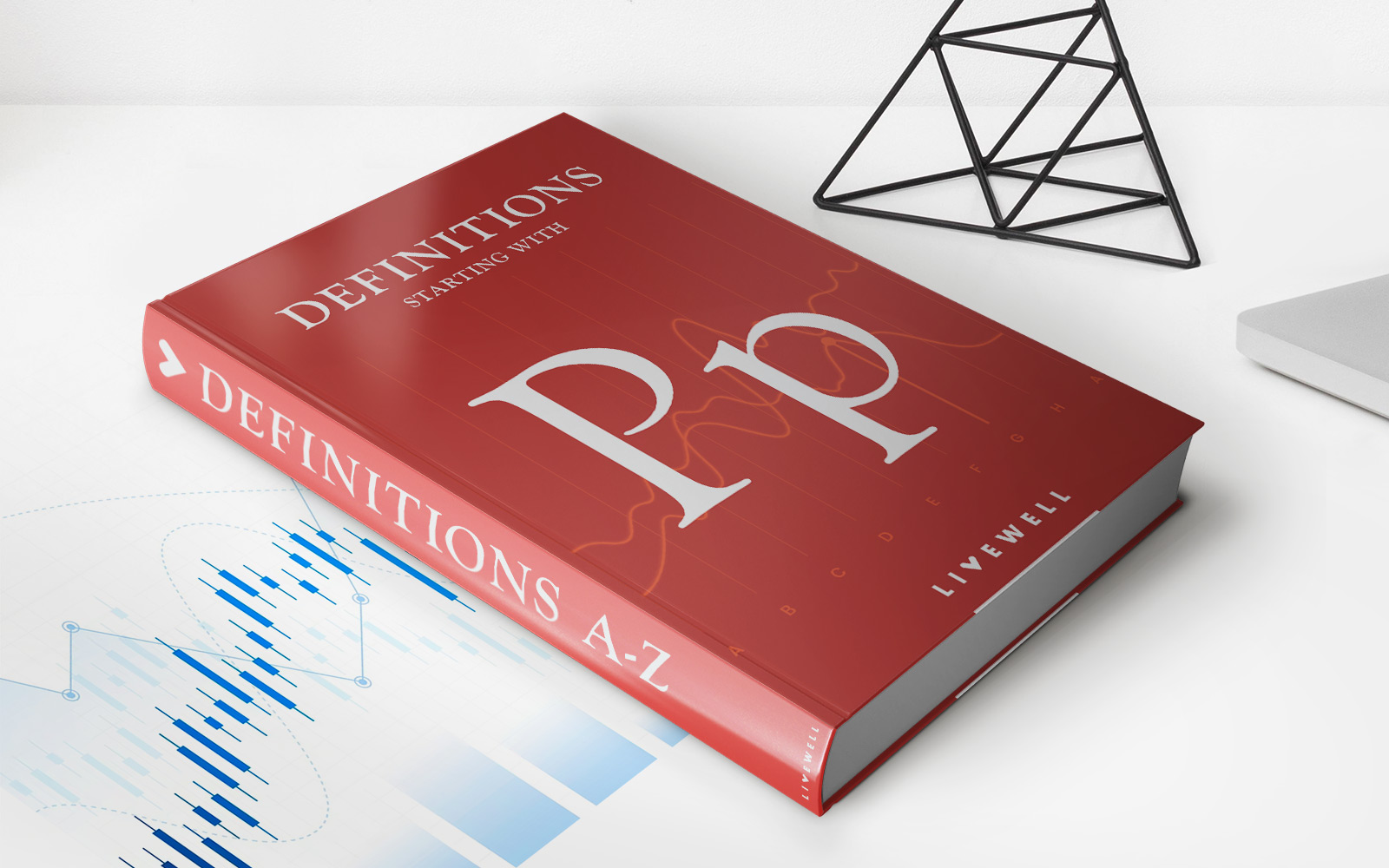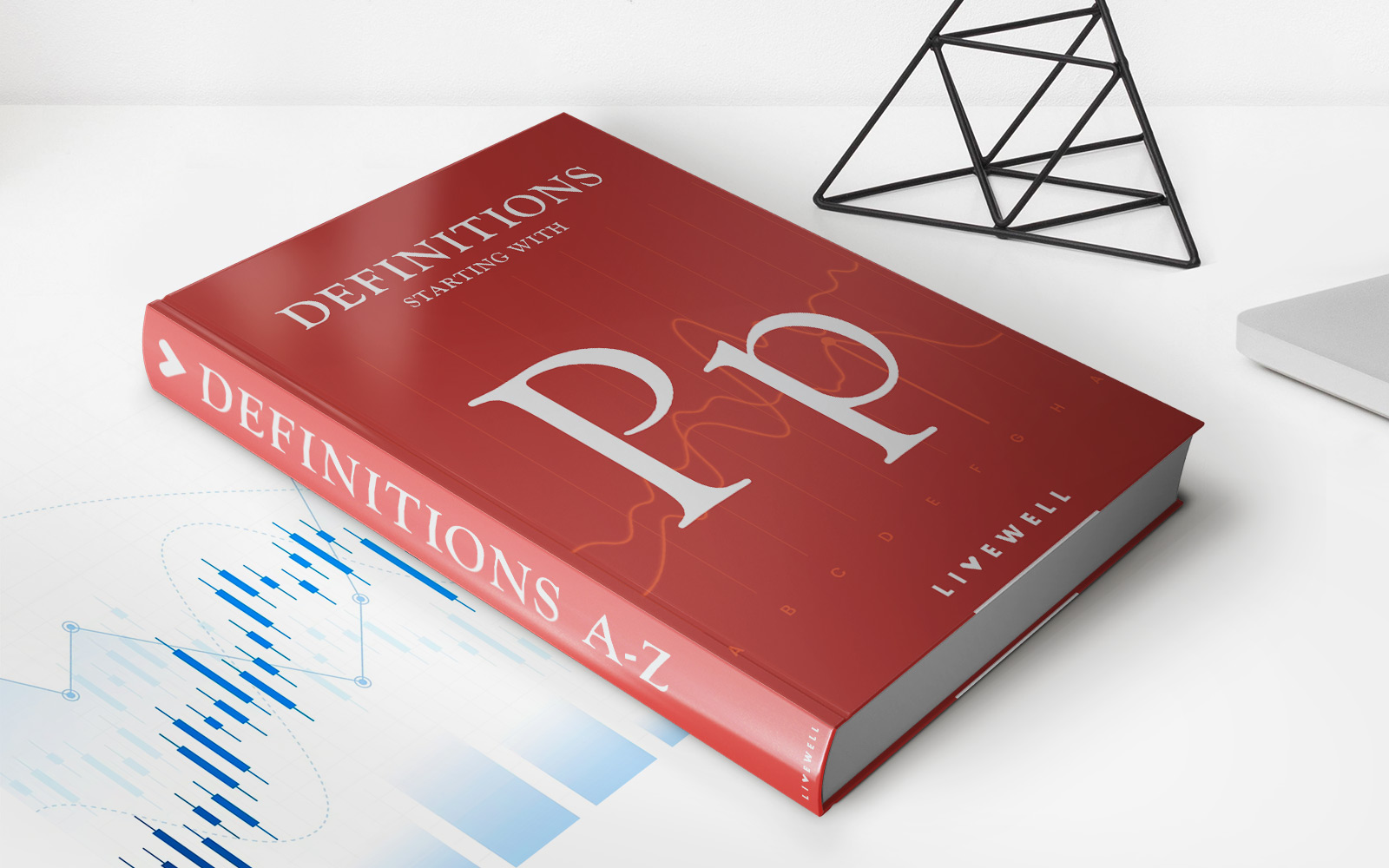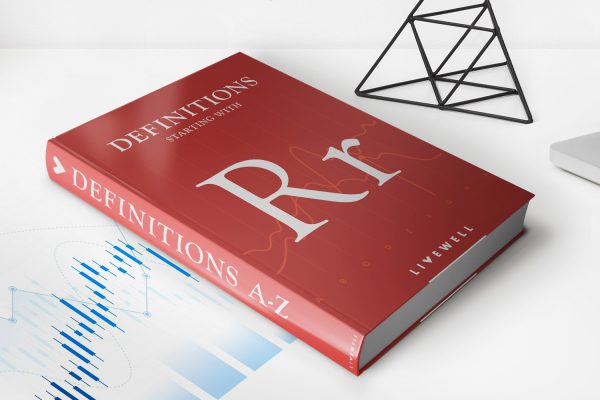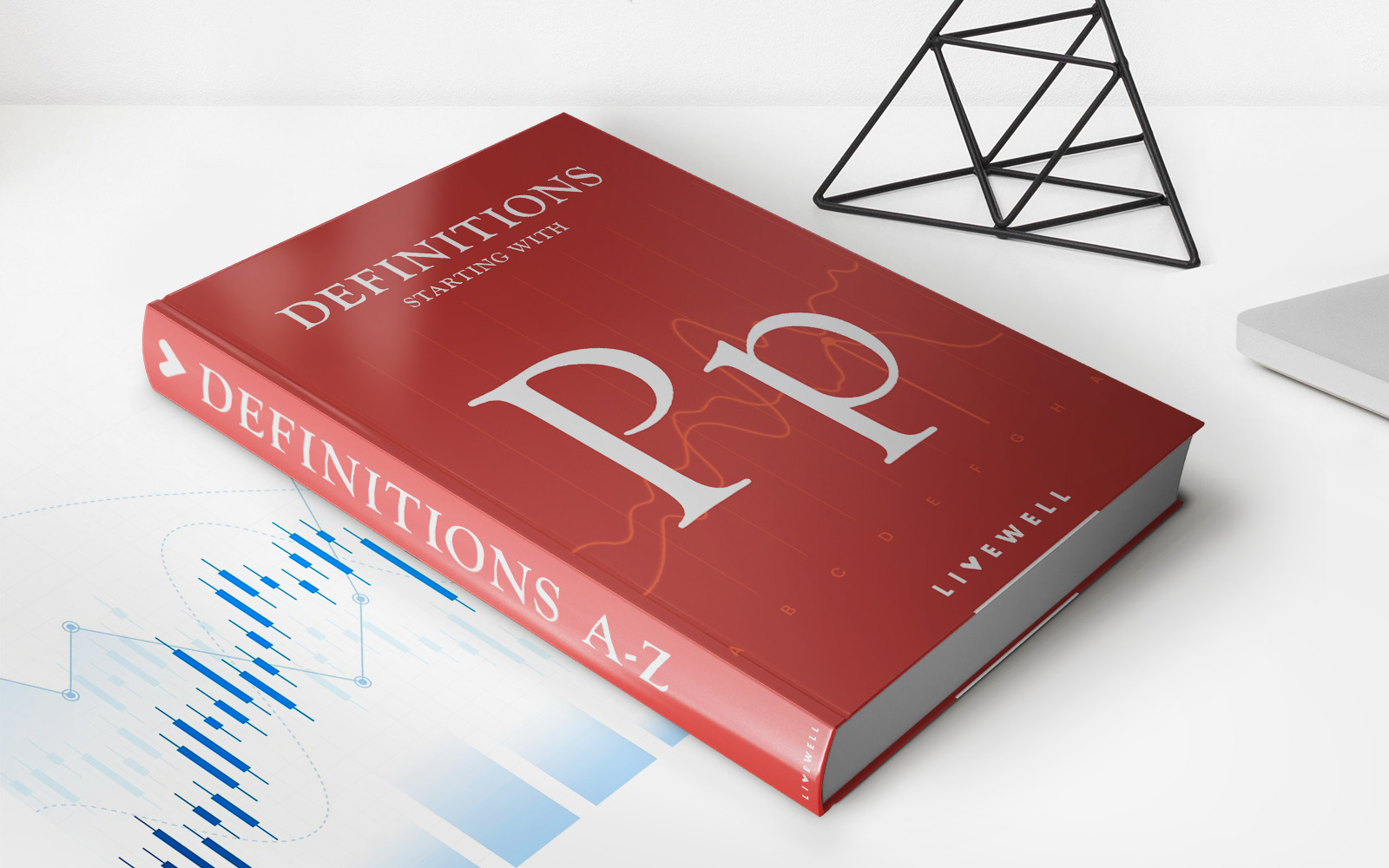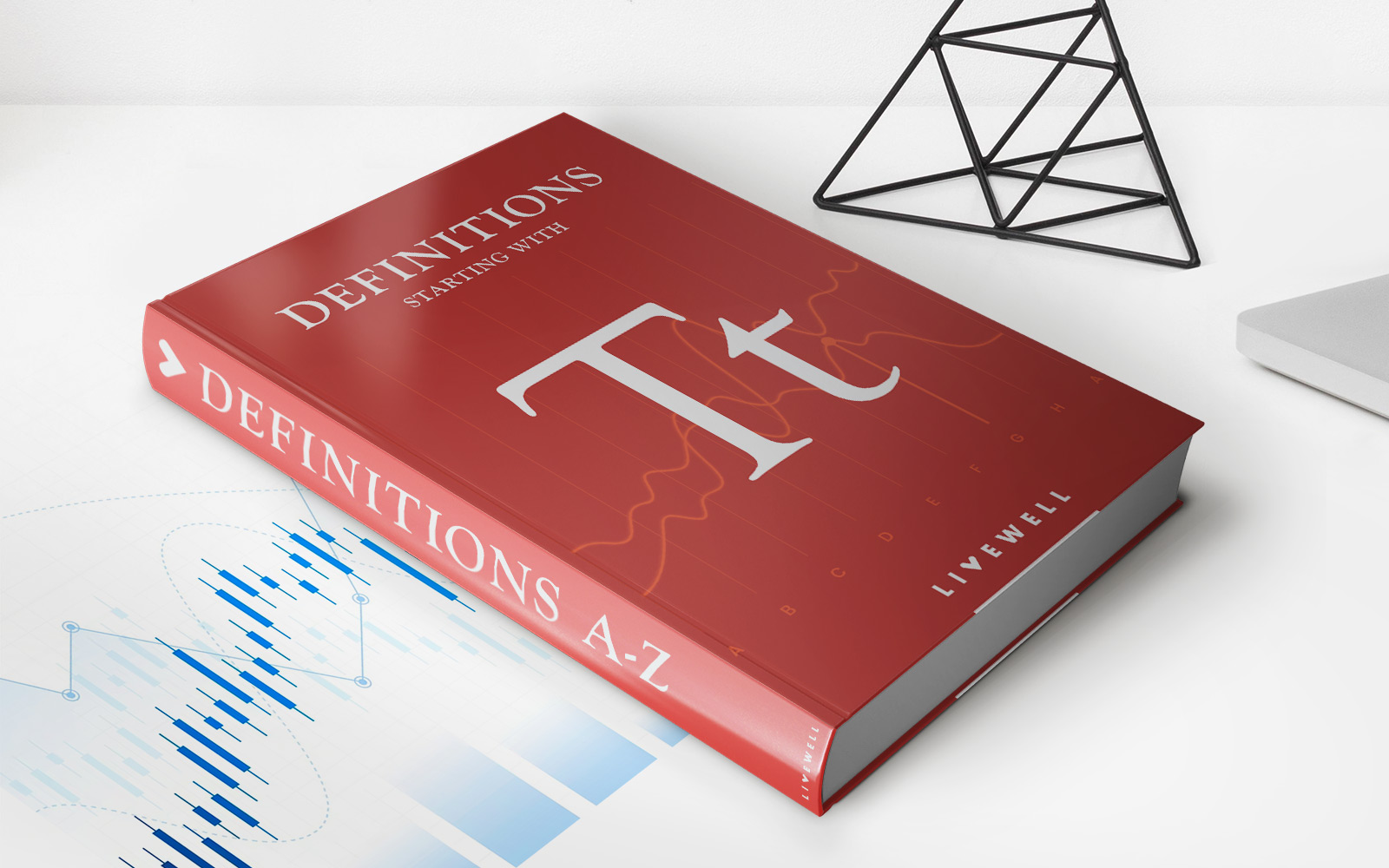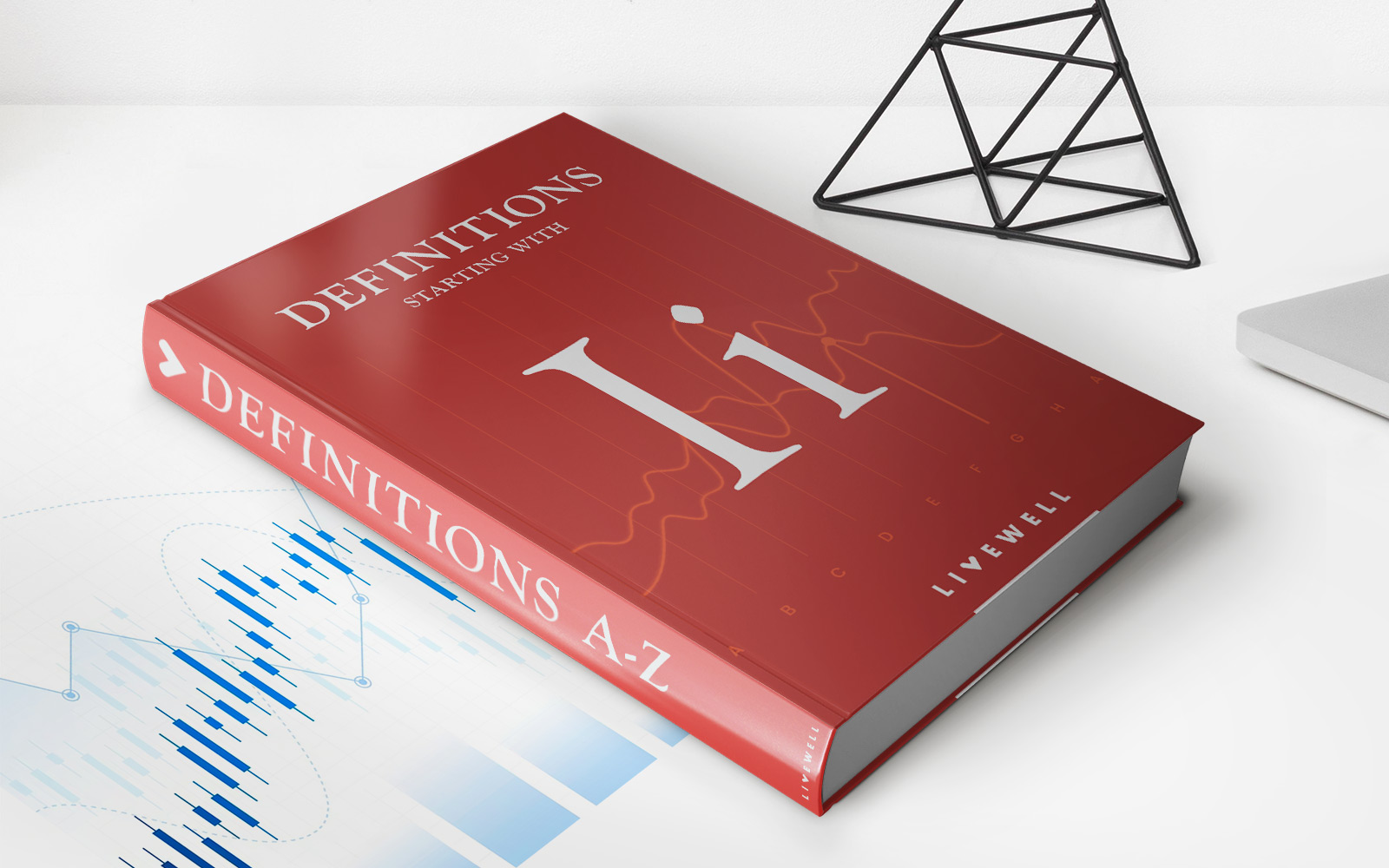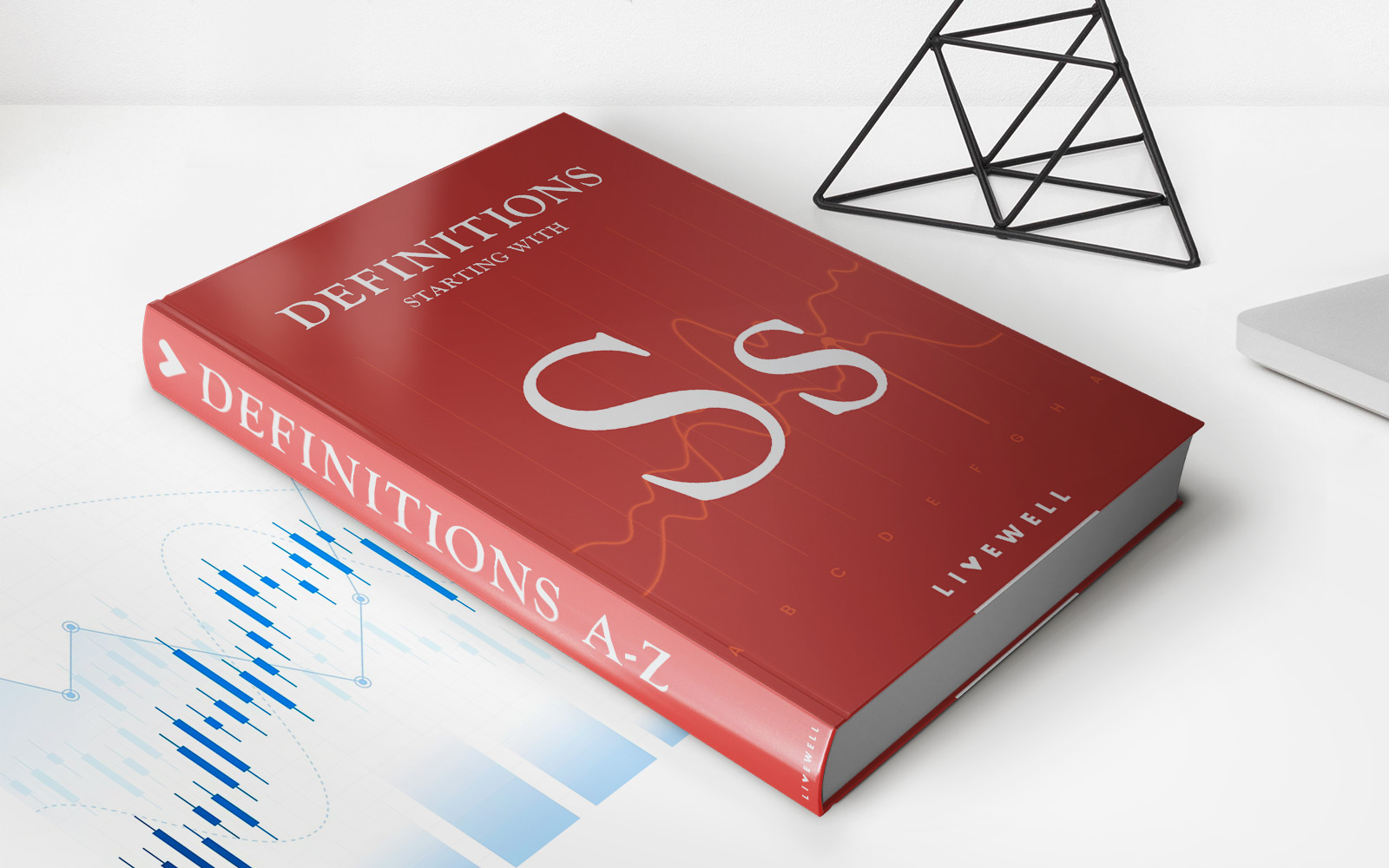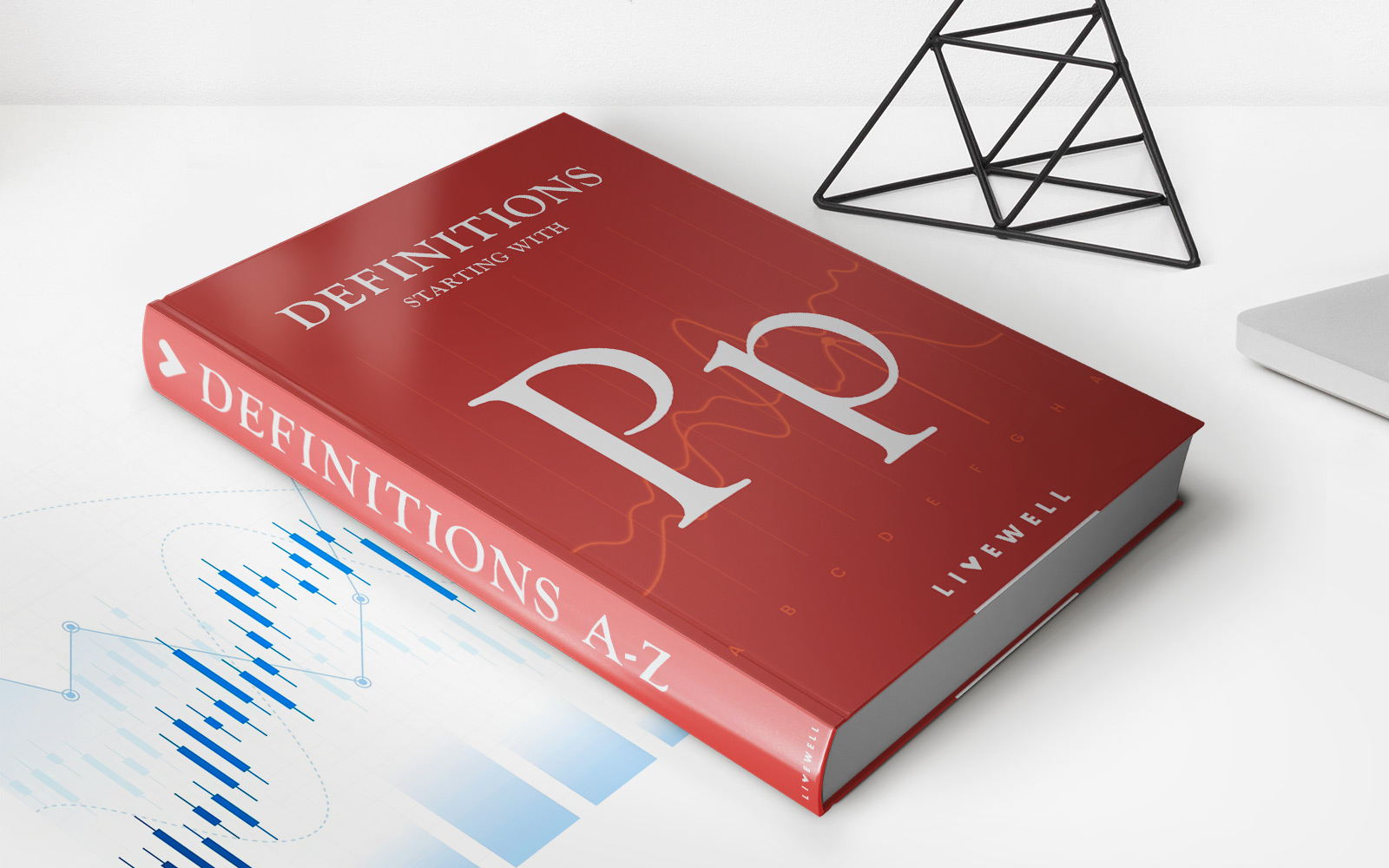

Finance
Proxy Tax Definition
Published: January 13, 2024
Learn the definition and implications of proxy tax in finance. Discover how proxy taxes impact financial transactions and strategies.
(Many of the links in this article redirect to a specific reviewed product. Your purchase of these products through affiliate links helps to generate commission for LiveWell, at no extra cost. Learn more)
Proxy Tax Definition: Understanding the Basics of Proxy Tax
Finance can be a complex field with numerous concepts and jargon that can sometimes feel overwhelming. In today’s blog post, we’re going to break down the concept of Proxy Tax and provide you with a clear and concise definition. Whether you’re a finance enthusiast, an investor, or someone looking to enhance their financial knowledge, understanding Proxy Tax can have a significant impact on your financial decision-making process.
Key Takeaways:
- Proxy Tax is a term used to describe the indirect costs associated with investing and managing assets.
- These costs are borne by investors and can result from various factors, such as fund management fees, transaction costs, and taxes.
What is Proxy Tax?
Proxy Tax, also known as hidden costs or frictional costs, refers to the indirect expenses that investors incur while investing in financial instruments or managing their assets. It encompasses a range of costs associated with buying, selling, and holding investments which are not explicitly stated but are ultimately paid by investors. While these costs may not be visible upfront, they can significantly impact an investor’s returns over time.
Proxy Tax can emerge from various sources, and it’s crucial to understand their implications on your investment strategy. Here are some common contributors to Proxy Tax:
- Fund Management Fees: When investing in mutual funds, exchange-traded funds (ETFs), or other managed investment vehicles, investors often pay management fees. These fees, calculated as a percentage of the total assets under management, can eat into an investor’s returns.
- Transaction Costs: Every time an investor buys or sells an investment, there are transaction costs associated with the process. These costs can include brokerage fees, commissions, bid-ask spread, and market impact costs. These expenses can accumulate, especially for active traders or investors who frequently rebalance their portfolios.
- Taxes: Taxation is another significant contributor to Proxy Tax. When investors sell investments at a profit, they may be subject to capital gains taxes. These taxes vary depending on the holding period and the tax regulations in the specific jurisdiction.
- Market Impact: Large trades can sometimes impact market prices, particularly in illiquid markets. This market impact can lead to slippage, where the executed price deviates from the intended price, resulting in additional costs for the investor.
Understanding and mitigating Proxy Tax is essential for investors looking to maximize their returns and optimize their investment strategies. Here are two key takeaways to remember:
- Proxy Tax encompasses the indirect costs associated with investing and managing assets. These costs can include management fees, transaction expenses, taxes, and market impact costs.
- These hidden costs can significantly impact an investor’s returns over time, making it crucial to consider and mitigate them when formulating an investment strategy.
By being aware of Proxy Tax and considering its implications, investors can make more informed decisions, minimize costs, and ultimately increase their chances of achieving their financial goals. So, the next time you dive into the world of finance, don’t forget to keep an eye out for Proxy Tax and its potential impact on your investments.
